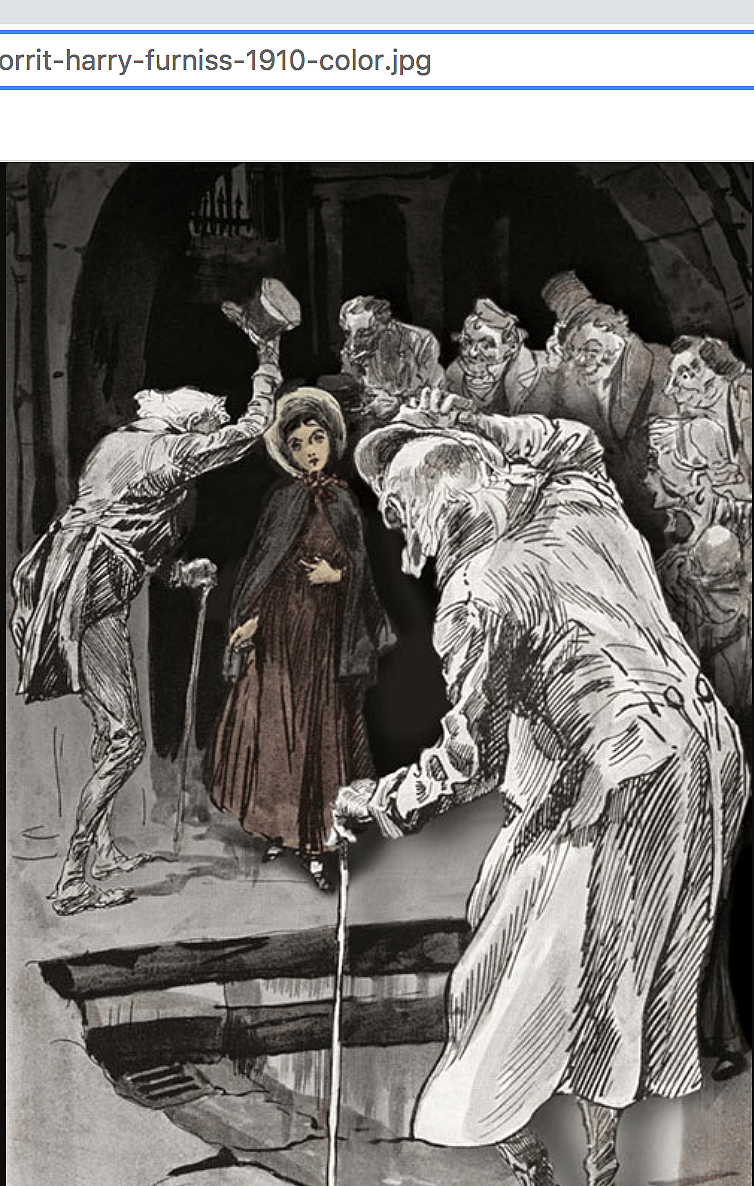The Triumph of Endurance Over Enjoyment – Book Review of Charles Dickens’s Little Dorrit

This fall, I struggled through 850 pages of Little Dorrit – a novel written by Charles Dickens, who wrote 15 novels in all. By many accounts, this was one of his worst. And, as much as I love the most Dickens novels, I must agree.
It was, indeed, painful to get through Little Dorrit. I only managed it because of my own stubborn determination to finish it and find out what happened in the many subplots. And it turned out it wasn't worth the struggle, as the ending was a real letdown.

